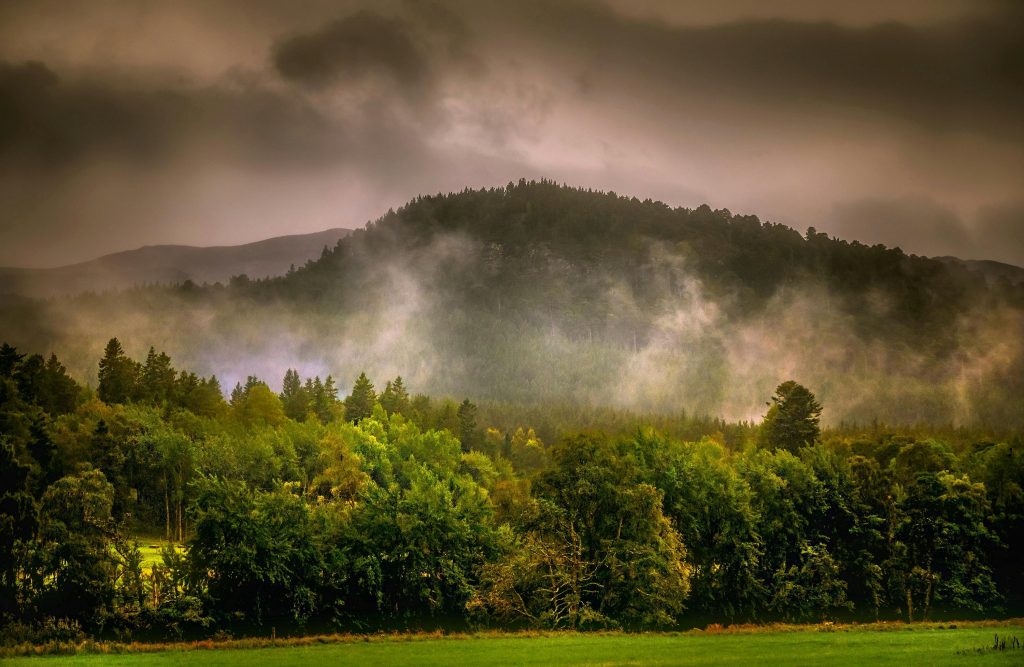Flooding is a growing concern for communities around the world. With extreme weather events becoming more frequent, protecting ourselves from rising waters is crucial. While traditional flood defences like levees and walls have their place, there’s a powerful, natural solution waiting to be embraced: trees.

Trees as Nature’s Floodfighters
Forests and woodlands play a vital role in mitigating flood risk. Here’s how planting trees can safeguard your downstream community:
- Slowing the Flow: Heavy rainfall hitting bare ground rushes straight into streams and rivers, causing them to overflow. Trees act like speed bumps, their leaves intercepting rainwater and slowing its descent. The intricate network of roots further impedes the flow, allowing the water to gradually soak into the soil.
- Spongy Soil: Healthy forests with abundant leaf litter create a spongy layer on the ground. This organic matter improves soil structure, allowing it to absorb more water and act as a natural reservoir. This reduces the amount of surface runoff that contributes to floods.
- Evaporation Champions: Trees are nature’s evaporators. They transpire, releasing water vapour back into the atmosphere. This process reduces the overall volume of water reaching waterways, lessening the flood peak.
Replanting Lost Woodlands: A Powerful Strategy
Replanting lost woodlands cuts risk of extreme flooding highlights a crucial point: restoring lost woodlands significantly reduces flood risk. Reforestation projects in previously cleared areas can create natural buffers that protect downstream communities.
Planting for Flood Resilience: What We Can Do
While large-scale reforestation is often promoted, individual actions also contribute. Here’s how you can get involved:
- Plant Trees: Whether in your backyard, community garden, or participating in local planting initiatives, every tree planted adds to the collective flood defence. Choose native broadleaf species for optimal benefits.
- Support Reforestation Projects: Many organisations are dedicated to restoring lost woodlands. Consider donating or volunteering your time to these efforts.
- Advocate for Green Infrastructure: Encourage local authorities to incorporate trees and green spaces into urban and rural planning. This not only reduces flood risk but also improves air quality and creates a more liveable environment.
Nature-Based Solutions: A Sustainable Approach
Planting trees for flood mitigation offers a sustainable and cost-effective solution compared to traditional methods. Trees not only protect against floods but also provide a wealth of other benefits, including soil stabilisation, reduced erosion, shade and shelter for livestock and people and increased biodiversity.
By embracing nature-based solutions like tree planting, we can build more resilient communities that can better cope with the challenges of a changing climate. Let’s work together to ensure a future where our towns and villages are protected from the devastating impacts of floods, and where we live in harmony with the natural world.
To learn more about how the right trees in the right place on your land could help manage floods, droughts and build resilience into your landholding get in touch